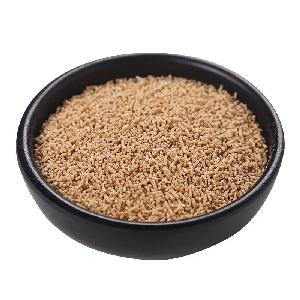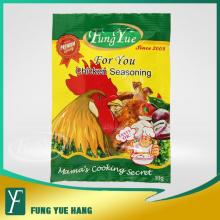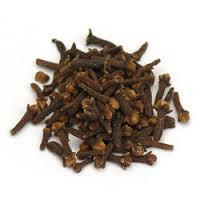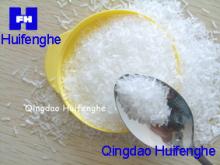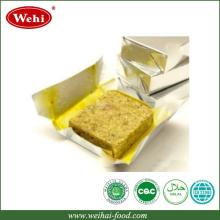Christopher Columbus sought a new and more direct route to the spices of Asia. Instead, he discovered the spice of the New World: capsicum. The pungent capsicums or chili peppers which Columbus and subsequent visitors to the New World took back to Europe spread quickly to Asia and Africa. Eventually, chili peppers, and their characteristic pungency, became an essential ingredient in the cuisine of many cultures. Today, countless varieties of pungent chili peppers are cultivated. They share one distinctive characteristic: the unmistakable zest which they provide to the foods they flavor.
Although fresh or brined chili peppers are sometimes used to flavor and color food, the traditional method of preserving chili peppers is dehydration. Afterward, they are crushed, ground, or flaked. Sometimes, they are combined with other dehydrated spices to make pungent seasonings such as chili powder.
You may choose to call their distinctive characteristic heat, pungency, warmth, or bite. You may have invented your own term. Regardless of the name, in modern commercial food applications, it is crucial that pungency be uniform, predictable, and consistent. For this and many other reasons described in this brochure, capsicum oleoresins have become the method of choice for adding pungency to a myriad of processed foods and beverages.



